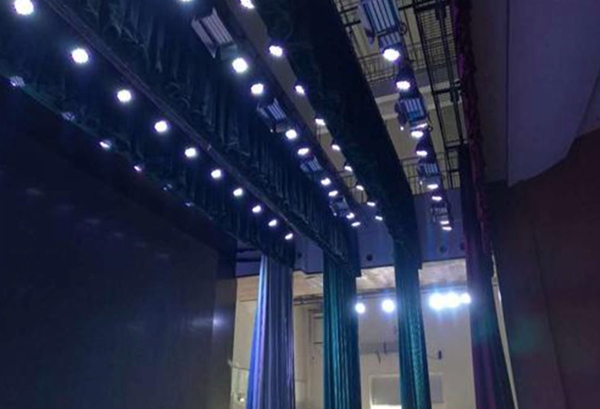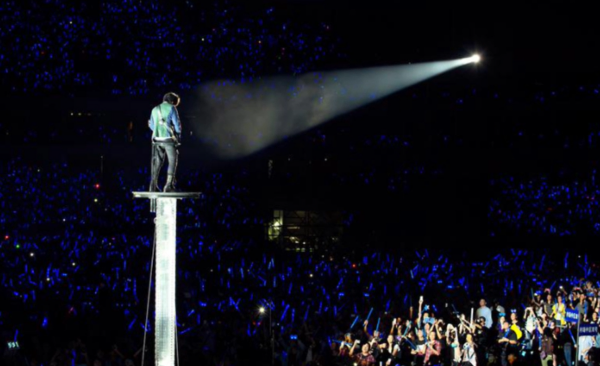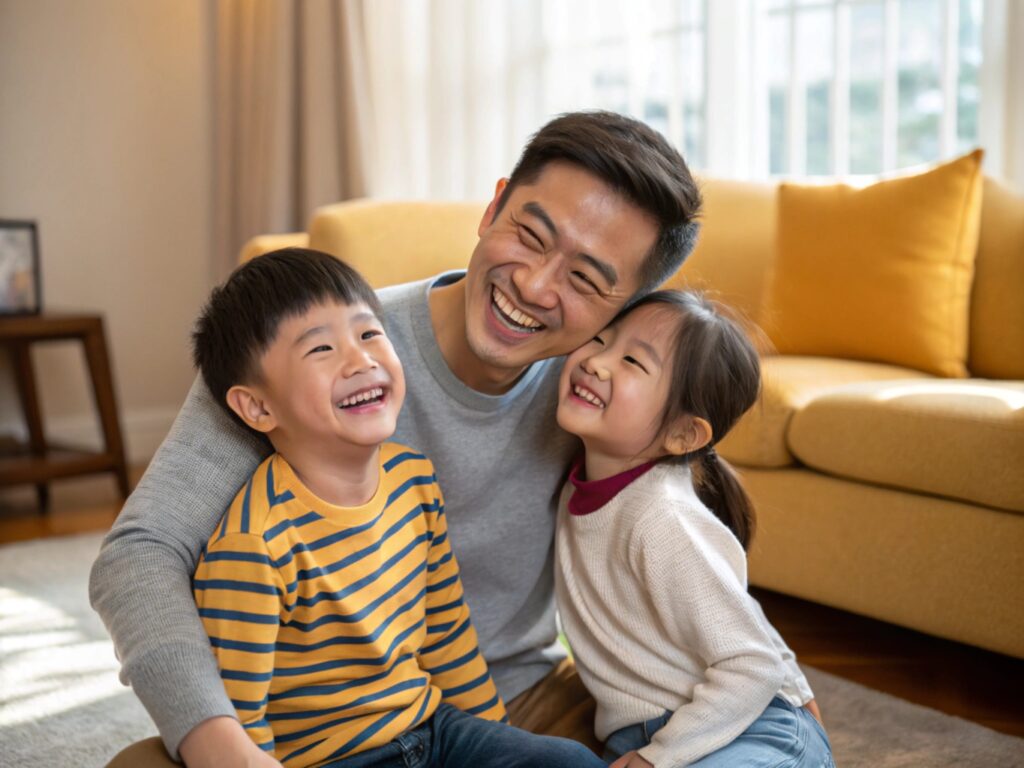
Lighting sets the mood and highlights performances on stage.
Different lighting positions enhance visual storytelling and create immersive environments.
Let's dive into how each lighting position shapes the stage experience.
What Is the Primary Function of Front Light in Stage Lighting?
Front light illuminates actors and key areas, ensuring visibility.
Front light provides even illumination, reducing shadows and highlighting performers.
I remember my first theater experience, where front light made all the difference in seeing the actors' expressions clearly.

Understanding Front Light
Front light is placed above the audience, angled towards the stage at about 45° to 50°. This positioning minimizes shadows and ensures the front and center of the stage are well-lit.
Common Front Light Fixtures
| Fixture Type | Description | Purpose |
|---|---|---|
| LED Face Lights1 | Energy-efficient and versatile | Provides consistent and adjustable lighting |
| Spotlights | Focused beams for highlighting areas | Emphasizes key performers or scenes |
| Soft Lights | Diffused light for gentle illumination | Creates a natural and flattering effect |
| Reflectors | Redirects light to desired areas | Enhances overall stage brightness |
Using a combination of these fixtures helps lighting designers achieve the perfect balance needed for different performances.
Front light alone is sufficient for all stage lighting needs. False ❌
Other lights are needed to create depth.
Using higher wattage front lights always improves stage visibility. True ✔
More power can enhance brightness when needed.
What Role Does Top Light Play in Stage Lighting?
Top light complements front light by illuminating both the front and back of the stage.
It balances the overall lighting, reducing shadows from other directions.
I once worked on a play where top light made the stage look more spacious and less confined.

The Function of Top Light
Top light is installed above the stage and shines downward. It not only supplements the front light but also illuminates the back of the stage. This helps in balancing the lighting, ensuring that shadows from side lights are minimized.
Common Top Light Fixtures
| Fixture Type | Description | Purpose |
|---|---|---|
| Colored Lights2 | Adds color and mood to the stage | Creates specific atmospheres |
| Soft Lights | Provides gentle illumination | Enhances the overall softness of the scene |
| Effect Lights3 | Produces special lighting effects | Adds visual interest and dynamics |
By using a combination of these fixtures, top light enhances the depth and dimension of the stage, making the performance more engaging.
Top light is only used for special effects. False ❌
It also provides general illumination.
Using colored top lights always changes the mood. True ✔
Colors directly influence the atmosphere.
How Does Backlight Enhance Stage Performances?
Backlight outlines performers and scenery, adding depth and dimension to the stage.
It creates silhouettes and highlights the contours, making the stage visually dynamic.
In a concert I attended, backlight made the performers stand out against the backdrop, adding a dramatic effect.

The Impact of Backlight
Backlight is positioned opposite the audience and shines towards the stage. This lighting technique creates silhouettes and highlights the edges of performers and set pieces, adding a three-dimensional effect to the stage.
Benefits of Using Backlight
| Benefit | Explanation |
|---|---|
| Enhanced Depth4 | Adds a sense of dimension to the stage |
| Silhouette Creation | Highlights the shape and movement of performers |
| Visual Contrast5 | Differentiates performers from the background |
| Dramatic Effect | Adds a layer of drama and visual interest |
Backlight not only makes the stage look more dynamic but also helps in emphasizing the physicality and movements of the performers, enriching the overall visual experience.
Backlight can replace front and side lights. False ❌
It needs to work alongside other lights.
Backlight always creates a silhouette effect. True ✔
It is primarily used to outline shapes.
What Are the Advantages of Using Side Light in Stage Lighting?
Side light emphasizes the contours of performers and scenery, adding depth and interest.
It highlights the edges, creating a more immersive and realistic stage environment.
During a dance performance, side lights helped in showcasing the dancers' movements and expressions effectively.

The Role of Side Light
Side light, also known as bridge light, is placed on the sides of the stage. It casts light at the sides of performers and set pieces, highlighting their shapes and adding depth to the scene.
Common Side Light Fixtures
| Fixture Type | Description | Purpose |
|---|---|---|
| Colored Lights | Adds specific hues to the stage | Creates mood and atmosphere |
| Imaging Lights | Projects patterns or images onto the stage | Enhances visual storytelling |
| Beam Lights6 | Produces concentrated light beams | Draws attention to specific areas |
By using side lights, lighting designers can create a more layered and textured visual experience, making the stage appear more lifelike and engaging.
Side lights alone can create a complete stage lighting setup. False ❌
They need to complement other lighting positions.
Side lights enhance the three-dimensional feel of the stage. True ✔
They add depth and texture to visuals.
How Does Follow Spot Enhance a Stage Performance?
Follow spot tracks performers, keeping them highlighted and in focus.
It directs the audience's attention to specific individuals or actions on stage.
In a musical I directed, the follow spot was essential in highlighting solo performances, making them stand out.

The Function of Follow Spot
A follow spot is a type of lighting fixture7 that can move to follow a performer as they move across the stage. It ensures that the performer remains the focal point, regardless of their position.
Advantages of Using Follow Spot
| Advantage | Explanation |
|---|---|
| Focused Attention8 | Keeps specific performers in the spotlight |
| Dynamic Highlighting | Adjusts to performers' movements seamlessly |
| Enhanced Visibility | Ensures performers are always visible to the audience |
| Versatility | Can be used for solos, special effects, and transitions |
Follow spots add a dynamic element to stage lighting, allowing for real-time adjustments that enhance the overall performance and maintain audience engagement.
Follow spots can replace all other lighting positions. False ❌
They complement other lighting setups.
Follow spots require manual operation. True ✔
Most follow spots are manually controlled.
What Is the Role of Edge Light in Stage Lighting?
Edge light assists front light by illuminating stage edges from the sides near the audience.
It complements front lighting, ensuring comprehensive stage illumination.
In a recent play, edge lights helped highlight the stage boundaries, making the set design more distinct.

The Function of Edge Light
Edge light is typically positioned on the sides of the audience, near the stage entrance. It projects light at a 45° angle towards the stage, supplementing the front light to ensure that the edges of the stage are well-lit. This helps in eliminating shadows and providing a more uniform lighting distribution across the entire stage.
Common Edge Light Fixtures
| Fixture Type | Description | Purpose |
|---|---|---|
| Imaging Lights9 | Projects clear and sharp light patterns | Enhances the definition of stage edges |
| Spotlights | Focused beams with high light output | Highlights specific areas and adds brightness |
| High-Index Lights10 | Lights with high color rendering index | Ensures accurate color representation |
By integrating edge lights with other lighting positions, designers can achieve a balanced and comprehensive illumination, enhancing the overall visual appeal of the stage.
Edge lights are not necessary for modern stage designs. False ❌
They add essential depth and definition.
Edge lights enhance the overall stage visibility. True ✔
They ensure all stage edges are well-lit.
Conclusion
Understanding lighting positions enhances stage performances and captivates audiences.
-
Learn more about the benefits of LED technology in stage lighting, such as energy efficiency and longevity. ↩
-
Learn how colored lighting can transform the mood and atmosphere of a performance by adding dynamic hues to the stage. ↩
-
Discover how effect lights can create visual effects that bring the stage to life, adding interest and excitement to the scene. ↩
-
Explore how adding depth through lighting techniques can create a more immersive stage environment, making it appear larger and more three-dimensional. ↩
-
Learn how creating strong visual contrast between performers and backgrounds can make the performers stand out and heighten the dramatic effect of the performance. ↩
-
Explore how beam lights can be used to focus attention on specific areas, creating dramatic effects and visual emphasis. ↩
-
Learn more about lighting fixtures in stage productions and their technical specifications. ↩
-
Focused attention refers to the technique of drawing the audience's focus to key performers, especially in dynamic stage environments. ↩
-
Learn about imaging lights and how they project distinct light patterns to define the edges of a stage. ↩
-
Find out about high-index lights and their role in ensuring accurate color rendering for stage productions. ↩


